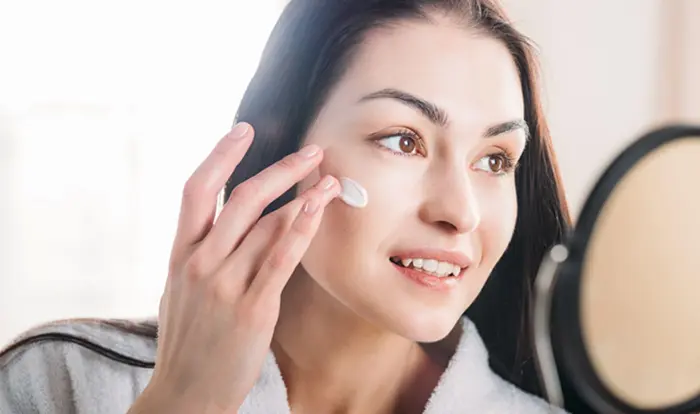Five years ago, choosing beauty products in India was straightforward. Today, however, consumers face a bewildering array of options. In 2024, the Indian beauty and personal care (BPC) market, valued at $31.51 billion according to Statista, boasts over 600 brands and numerous specialty products. This surge in choice is driven by new homegrown brands disrupting the market and capturing significant shares from established players. Factors such as widespread internet access, rising incomes, and India’s vast youthful population are fueling this transformation.
Legacy Giants’ Response
Major industry players are not standing idle. A senior L’Oréal India official has acknowledged the growing competition from these new brands but emphasizes L’Oréal’s extensive reach, broad range, and strong research and development capabilities as key strengths. Recently, Hindustan Unilever (HUL) rejuvenated its 175-year-old Pond’s brand with a new line of specialized products featuring advanced ingredients. Pratik Ved, head of skincare at HUL, notes that these new formulations are designed to meet modern consumer needs and promises more innovations with patented ingredients in the future.
New Entrants’ Strategies
Homegrown brands are making their mark through innovation and savvy digital marketing. Angshuman Bhattacharya, partner and national head of consumer products and retail sector at EY Parthenon, observes that these brands are not afraid to experiment. They effectively use influencer marketing, listen to social media trends, and engage directly with consumers.
Experts highlight a growing consumer fatigue with harsh beauty routines. Anand Ramanathan, partner and leader of the consumer products and retail sector at Deloitte, points to a rising interest in natural ingredients. Brands like Kama Ayurveda and Forest Essentials have successfully tapped into this trend by reviving traditional ingredients and modernizing them.
Regulatory Challenges and Ethical Practices
Despite their success, new direct-to-consumer (D2C) brands face criticism for potentially bypassing regulatory standards and lacking long-term sustainability. However, many of these brands maintain high quality and transparency. Nidhi Laddha, marketing head at LoveChild By Masaba, asserts that the brand’s transparency and adherence to regulatory requirements are central to its success. LoveChild By Masaba collaborates with certified partners and implements rigorous quality checks throughout production.
Vipul Gupta, founder of Re’equil, emphasizes the brand’s commitment to ethical practices and value-for-money products by eliminating intermediaries. He notes that consumers are increasingly conscious of their environmental impact, and Re’equil’s ethical approach aligns well with this growing awareness.
Focus on Clean and Ethical Products
The trend towards clean and ethical beauty products is evident. In June 2023, e-commerce platform Purplle introduced UK’s clean beauty brand Dr. Pawpaw to the Indian market, showcasing a growing demand for such products. Similarly, ClayCo, a bootstrapped brand, debuted its responsibly sourced and eco-friendly products a year prior. Niharika Jhunjhunwala, founder of ClayCo, highlights the brand’s minimal plastic use and recyclable packaging as key selling points.
Conclusion
In a fiercely competitive market, small, agile brands have a significant advantage. They adapt quickly to trends and maintain flexibility, which is crucial in this evolving industry. As Shreedha Singh, co-founder and CEO of T.A.C Ayurveda, notes, this agility is a vital asset for smaller players striving to make their mark against established giants.
Related topics:

